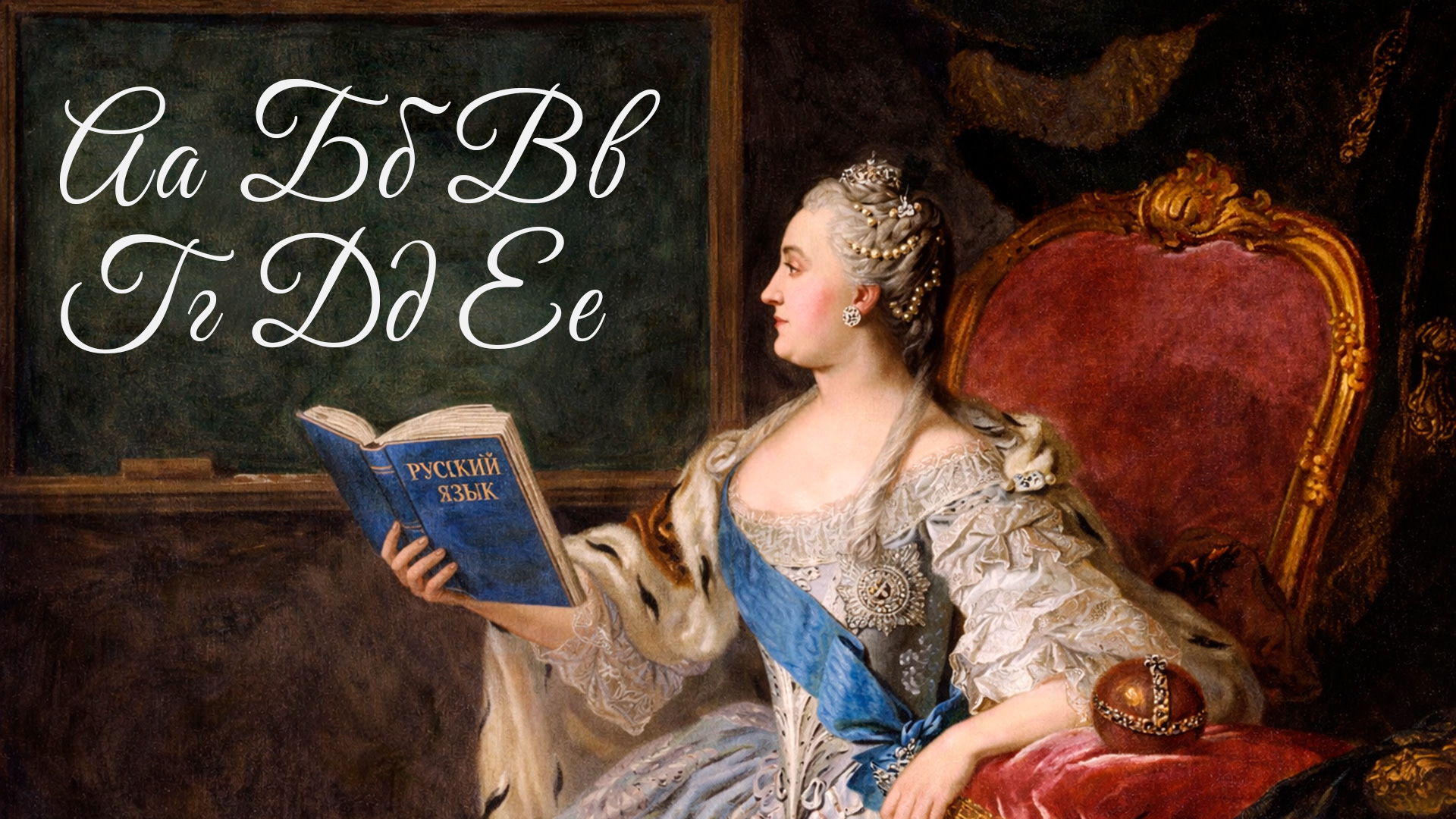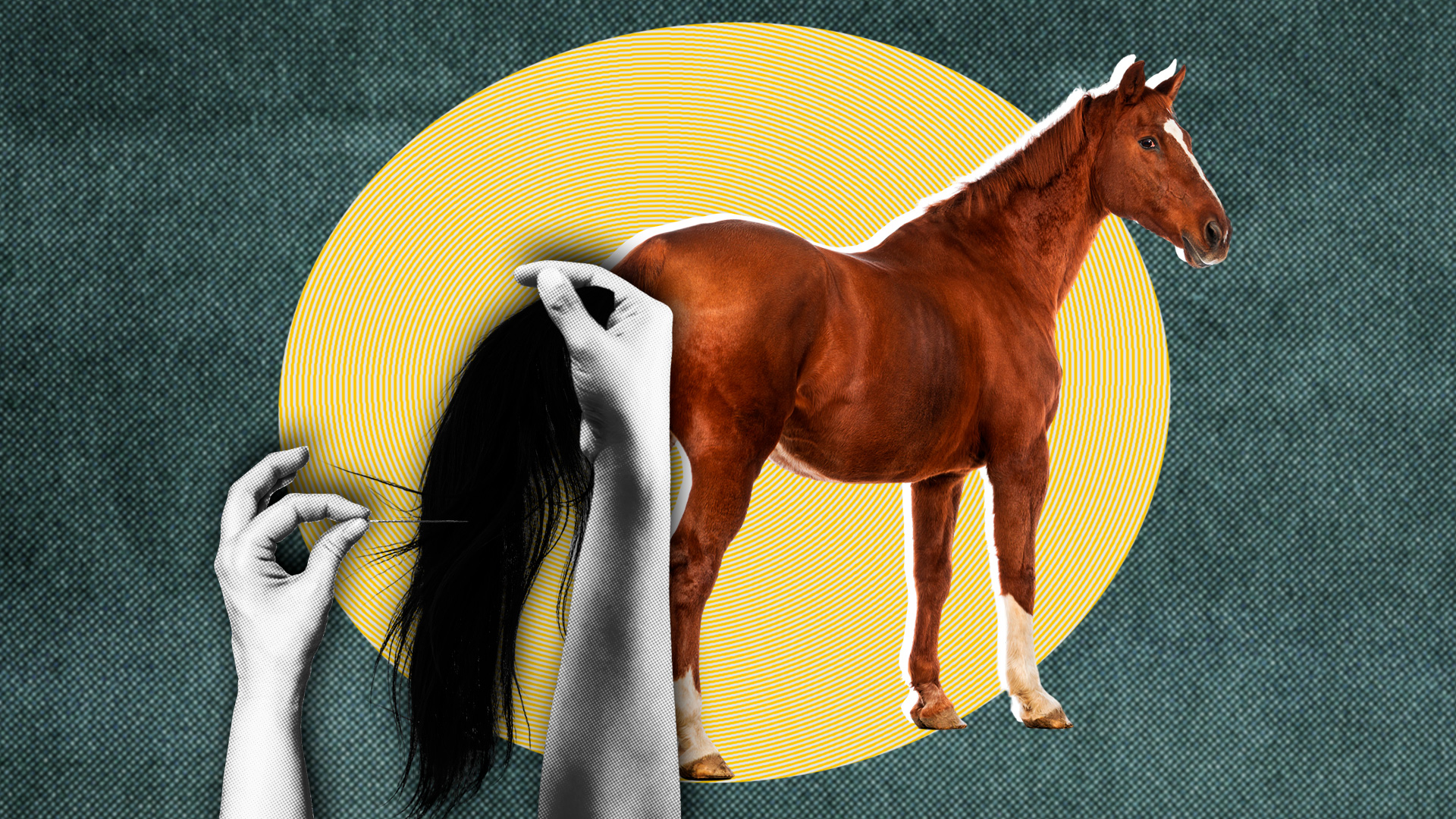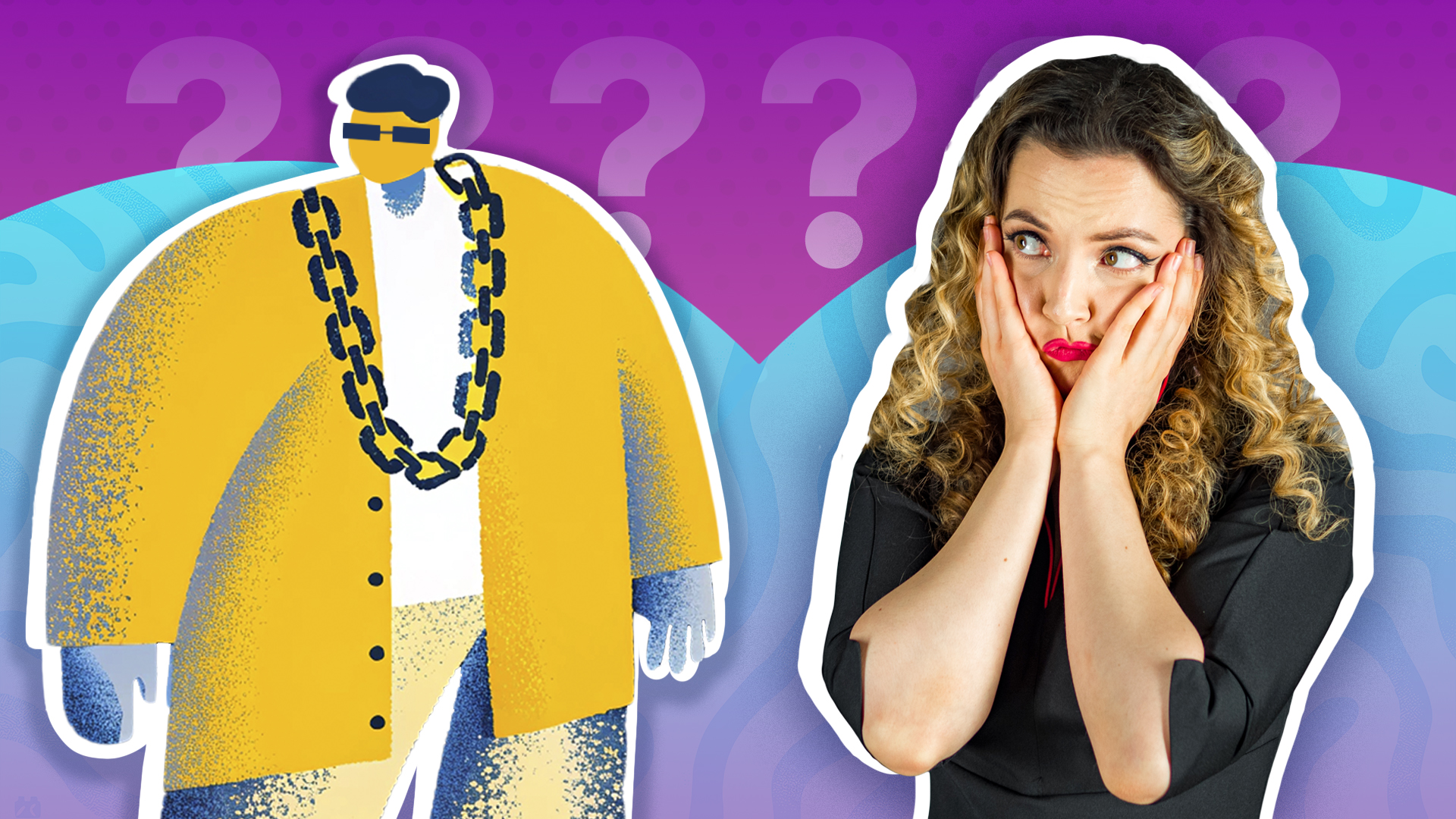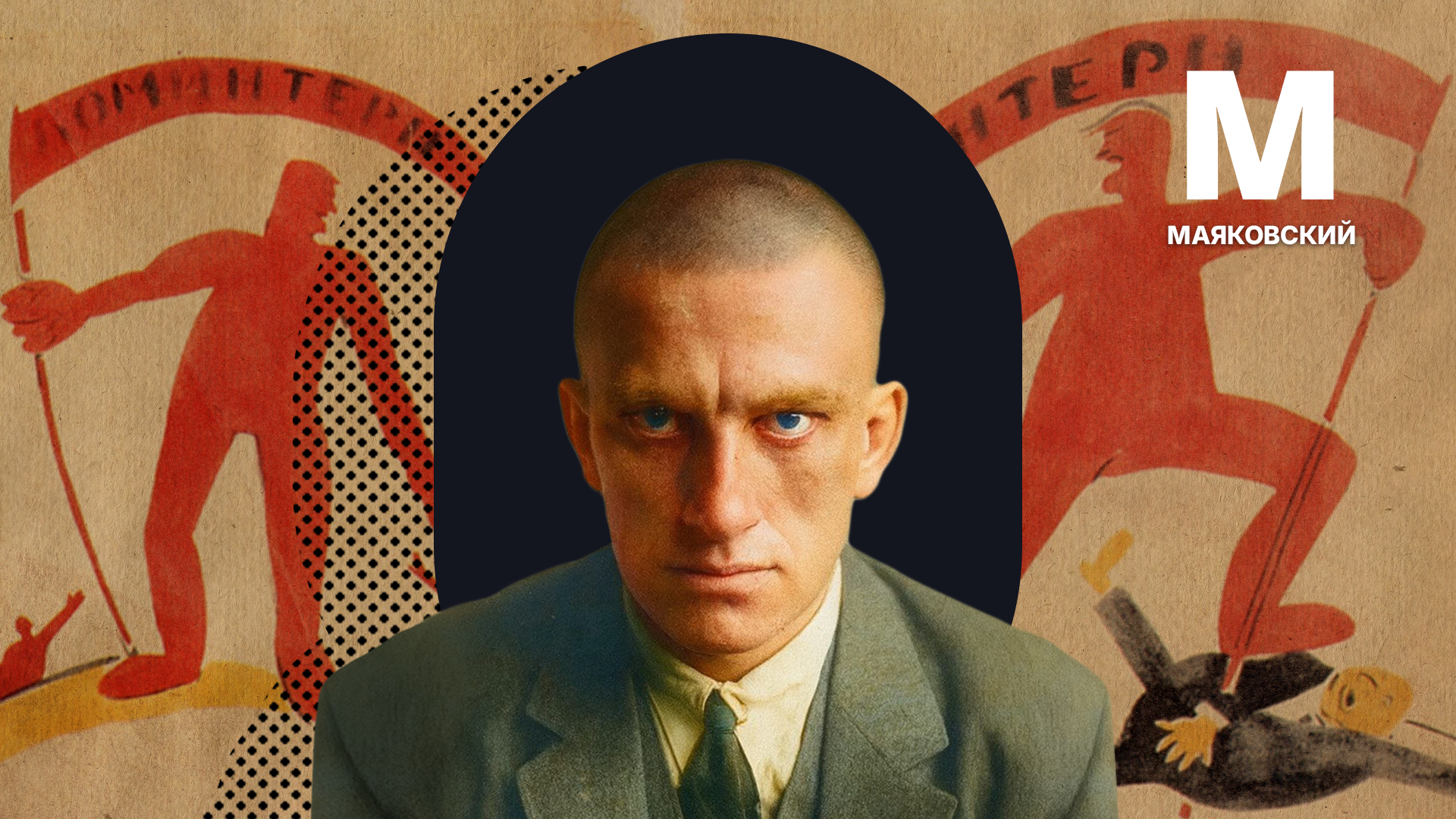
What does the expression «Don’t sew a tail on a mare» mean?

According to one theory, this phrase is a throwback to the days when corporal punishment (a punishment which is intended to cause physical pain to a person) was common. A ‘kobyla’ was a special bench with cutouts for the head and arms, on which the guilty were flogged with a whip or "tail". However, over time, this interpretation faded into obscurity and the expression came to be used to emphasize the worthlessness and inappropriateness of something or someone. Indeed, there's nothing more foolish than trying to sew a tail on a mare, because it already has one!
Incidentally, in Vladimir Dahl's dictionary of proverbs, this expression is used without the particle ‘не’ (‘don’t’), which gives it an even more mocking tone.
An English equivalent would be: “Don’t be a square peg in a round hole!”












